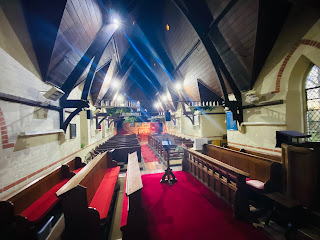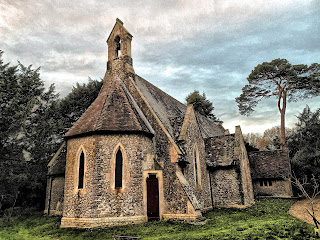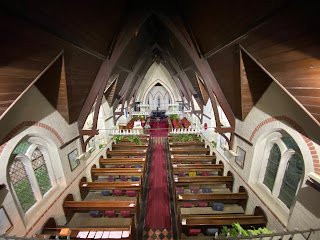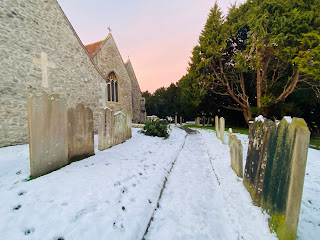Charing Heath is a settlement within the area of Charing in the district of Ashford in Kent. It is located at the foot of the North Downs. The name Charing first appears in 799 as Ciorrincg which may come from the Anglo-Saxon word cerring, which means a bend in the road or possibly from Ceorra-ingas which means people of Ceorra.
Holy Trinity church was originally built in 1861 as an infant’s school and chapel of ease (A chapel of ease is a church building other than the parish church, built within the bounds of a parish for the attendance of those who cannot reach the parish church conveniently). In 1869 the chapel was extended to the east and a new school and vicarage were built. The enlarged church and churchyard was consecrated in 1872 and the ecclesiastical parish was created in 1874. Gifts of money and land from the Sayer Family of Pett Place, Charing, enabled the building of the church and the school. The school closed in 1960 and was sold as a private residence.
Electric heating was installed by the son and parishioners of Ralph Vincent Tremills (Parish Vicar 1927-1947) and his wife Alice Louise Tremills. The church remains well loved and looked after with well kept grounds and an active part in the local community.








































































